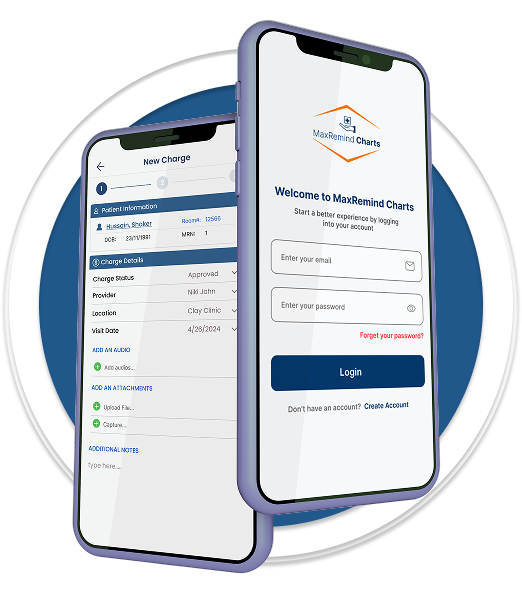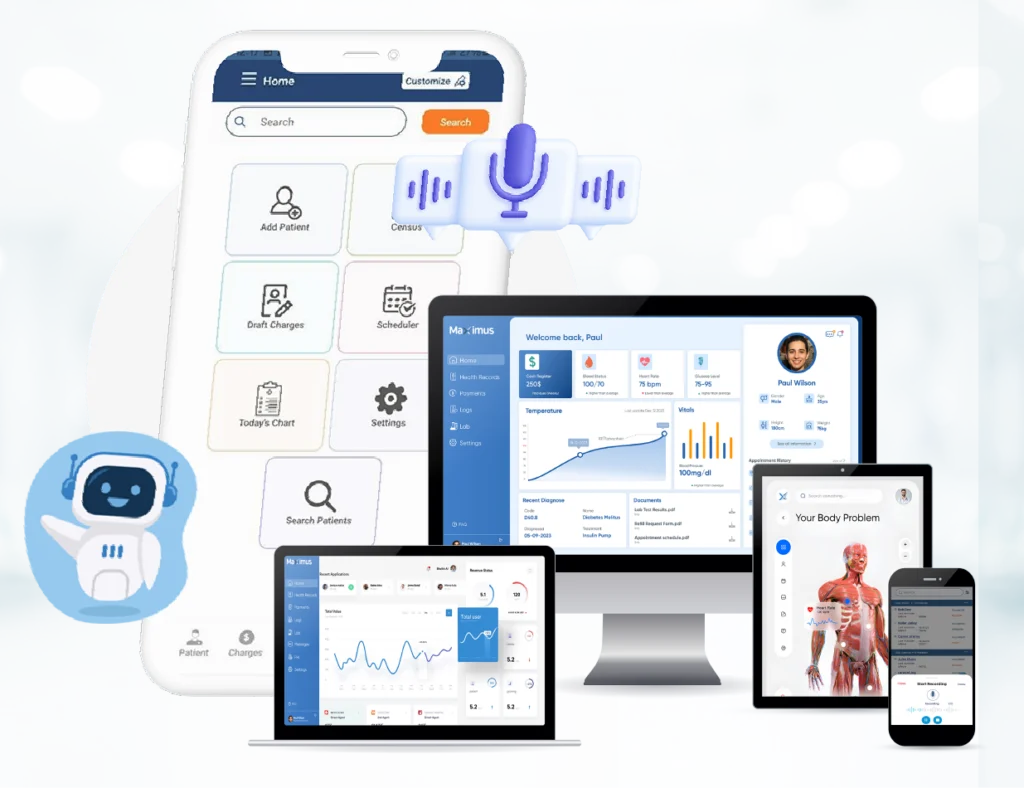
The Evolution of Medical Charting: Why Digital Solutions Are the Future
From Paper to Pixels: The Early Days of Charting
- Manual errors, such as illegible handwriting or missing information.
- Time-consuming documentation that pulled providers away from patient interaction.
- Limited accessibility, since only one person could view or update a chart at a time.
- Risk of loss or damage, making records vulnerable to theft, misplacement, or disasters.
The EHR Revolution
- Centralized patient information is accessible across different departments.
- Standardized documentation that improved regulatory compliance.
- Enhanced security features compared to paper records.
- Easier coordination between specialists and primary care providers.
The Rise of Medical Charting Apps
- Specialty-focused design:
Tailored workflows that reduce unnecessary steps. - Mobile-friendly access:
Providers can chart on tablets or smartphones, even during telehealth visits. - Streamlined documentation:
Faster entry and retrieval of patient data with fewer clicks. - Better patient focus:
By reducing administrative burden, providers can dedicate more time to care. - Integration with telemedicine:
Supporting remote consultations and digital health initiatives.
Why Digital Solutions Are the Future of Charting
The shift toward digital charting is no longer optional; it has become essential for practices that want to remain competitive and compliant. Here’s why:
Real-time accessibility
Cloud-based platforms enable providers and staff to access records at any time, from anywhere.
Improved accuracy and compliance
Built-in coding support, templates, and HIPAA compliance reduce errors.
Time efficiency
Faster documentation results in shorter wait times for patients and increased availability for providers.
Enhanced patient outcomes
Accurate, data-driven insights improve decision-making and treatment planning.
Scalability
Whether it’s a solo practice or a multi-location healthcare group, digital charting grows with the practice.
Digital solutions also empower providers to adapt to trends like value-based care, telemedicine, and AI-driven healthcare, areas that are shaping the future of medicine.
Meet the Future: MaxRemind Charting App

What makes it powerful and unique?
AI-Powered Workflow
Built for inpatient providers, it supports voice commands, OCR (image to text), and real-time EHR synchronization for effortless charting.
Convenient Mobility
Chart from anywhere using your smartphone or tablet, no more being tied to a workstation.
Smart Features for Everyday Use
- Instant appointment scheduling
- Real-time billing updates synced with patient progress
- Integrated documentation-to-claim transitions
Always Alert, Always Secure
- Constant updates for patient vitals and chart anomalies
- Fully HIPAA compliant, with encryption for mobile use and seamless EHR integration
AI Assistant Enables Hands-Free Efficiency
- Use voice prompts like “MAX submit today’s in-patient charges” or “add modifier 25”
- OCR converts bedside notes to structured data instantly
- Text-to-speech aids accessibility and workflow flexibility
A New Era for Charting
From stacks of paper to bulky EHRs, medical charting has come a long way. Today, the future lies in flexible, cloud-based, and AI-enhanced apps. MaxRemind exemplifies this transition with a charting solution that’s intuitive, mobile, and purpose-built for modern healthcare.
Looking Ahead
- Paper-based charting represented the foundation but came with inefficiencies.
- EHR systems centralize records, but often create workflow frustrations.
- Medical charting apps now combine the best of both worlds: simplicity, mobility, and intelligence.
- What is the biggest difference between paper-based charting, EHRs, and charting apps?
-
Paper-based charting is manual, time-consuming, and error-prone. EHR’s centralized records and improved compliance, but often created workflow inefficiencies. Modern charting apps combine mobility, AI, and specialty-focused workflows to make documentation faster, simpler, and more accurate.
- Why are digital charting apps considered the future of medical documentation?
-
Digital apps provide real-time accessibility, HIPAA-compliant security, and AI-powered tools that reduce documentation errors. They are mobile-friendly, scalable for any practice size, and built to support modern healthcare trends like telemedicine and value-based care.
- How does the MaxRemind Charting App improve provider efficiency?
-
The app uses AI-powered features like OCR (image-to-text conversion), voice commands, and text-to-speech to minimize manual data entry. It also integrates scheduling, billing, and documentation in one platform, saving time and letting providers focus more on patients.
- Is the MaxRemind Charting App secure for handling patient data?
-
Yes. The app is fully HIPAA-compliant and includes encryption to protect sensitive data across mobile and cloud-based platforms. It also provides real-time alerts for anomalies, ensuring both accuracy and compliance in patient care documentation.
- Where can providers download the MaxRemind Charting App?
-
The app is available for download on both the Google Play Store and the Apple App Store, making it easily accessible for providers who want to modernize their charting and improve practice efficiency.

